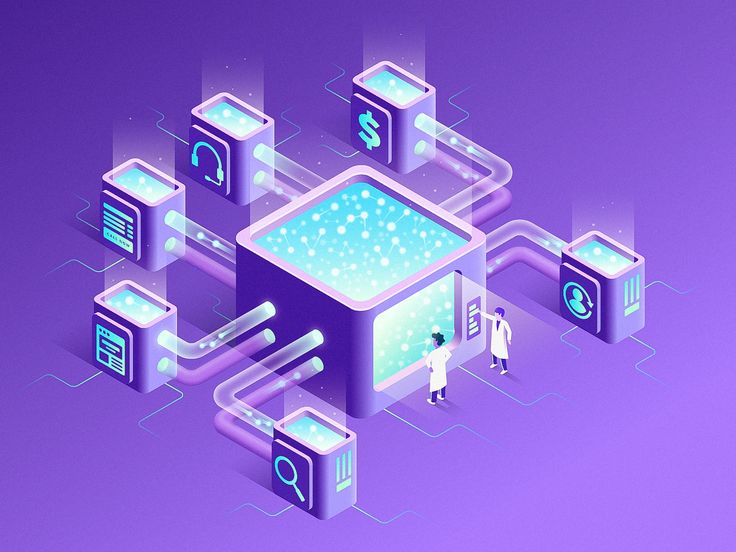When embarking on a career in data science, one of the first questions you might ask is whether to learn R or Python. Both are powerful programming languages with rich ecosystems of libraries and tools that support data analysis, machine learning, and statistical modeling. However, each language has its own strengths, and the choice often depends on your specific goals, preferences, and the type of data science projects you plan to work on. In this blog, we’ll explore the key differences between R and Python to help you make an informed decision.
Python: The All-Rounder for Data Science
Python has emerged as one of the most popular programming languages for data science, and for good reason. Its versatility, readability, and ease of use make it a great choice for beginners and experienced developers alike. Here’s why Python is favored by many data scientists:
- General-Purpose Language
Python is a general-purpose language, meaning it can be used for a wide range of tasks beyond data science, such as web development, automation, and software development. This makes it a more flexible choice if you plan to expand your skillset in other areas. - Extensive Libraries and Frameworks
Python boasts an extensive set of libraries that cater to all aspects of data science. Popular libraries like Pandas for data manipulation, NumPy for numerical computing, Matplotlib and Seaborn for data visualization, and Scikit-learn for machine learning make Python an excellent tool for data analysis and modeling. Additionally, TensorFlow and PyTorch are widely used for deep learning. - Integration with Other Technologies
Python seamlessly integrates with other technologies like databases (SQL), cloud computing, and web frameworks (Flask, Django), making it ideal for deploying data science models in real-world applications. - Large Community Support
Python has a massive global community of data scientists and developers. This means you’ll have access to a wealth of tutorials, forums, and resources that can help you solve problems and stay updated on the latest trends. - Job Market Demand
Python is in high demand in the job market. Many tech companies, startups, and research institutions look for Python skills, especially for roles that involve machine learning, artificial intelligence, and big data analytics.
R: The Specialist for Statistical Analysis
R, on the other hand, is a language specifically designed for statistics and data analysis. While it’s not as general-purpose as Python, R excels in specific areas of data science. Here’s why you might choose R for your data science journey:
- Statistical Power
R was developed by statisticians and is known for its superior statistical capabilities. If your work involves complex statistical analysis, hypothesis testing, or advanced mathematical modeling, R offers a wealth of built-in functions and packages, such as ggplot2 for data visualization and dplyr for data manipulation. - Rich Visualization Libraries
R’s data visualization libraries, especially ggplot2, are widely regarded as some of the best in the industry. R’s syntax allows for quick, flexible, and high-quality visualizations, making it a go-to language for data visualization specialists and statisticians. - R for Data Science (RStudio)
RStudio is an integrated development environment (IDE) specifically built for R, offering a smooth and user-friendly experience. It is widely used in academia and research institutions for statistical analysis, making it an excellent tool for those focused on research or academic projects. - Great for Academia and Research
R has been a dominant force in academia and research for many years. If you plan to work in an academic setting or with research-based projects, R might be the better choice, as it is tailored to handle complex statistical modeling and analysis. - Data Wrangling
R has excellent tools for data wrangling and manipulation, with packages like tidyr and dplyr. It’s well-suited for handling messy datasets, and many statisticians prefer R’s syntax for these tasks.
Python vs. R: Key Differences at a Glance
| Feature | Python | R |
|---|---|---|
| General-Purpose | Yes, versatile for various tasks | Primarily focused on statistical analysis |
| Ease of Learning | Beginner-friendly, simple syntax | More complex syntax, steeper learning curve |
| Libraries/Tools | Rich ecosystem (e.g., Pandas, NumPy) | Extensive statistical packages (e.g., ggplot2) |
| Machine Learning | Widely used with libraries like Scikit-learn, TensorFlow | Less popular for ML, but has some packages (e.g., caret) |
| Data Visualization | Matplotlib, Seaborn, Plotly | ggplot2, lattice |
| Job Market Demand | High demand, versatile roles | Niche roles, especially in research and academia |
| Community Support | Large, active community | Strong community in academia and research |
When to Choose Python
- If you’re looking for a versatile language that can handle not just data science but also web development, automation, and other areas.
- If you’re interested in machine learning, artificial intelligence, or deep learning, Python’s libraries and frameworks like TensorFlow and PyTorch are highly advanced and widely used.
- If you plan to work in the tech industry, Python is the go-to language with high job market demand.
When to Choose R
- If your primary focus is on statistical analysis and data visualization, R’s specialized libraries and tools make it the best choice.
- If you plan to work in academia, research, or with large-scale statistical analysis, R’s advanced statistical capabilities will be invaluable.
- If you prefer a language with built-in functions for data manipulation and analysis, R’s data wrangling capabilities are top-notch.
Conclusion
Ultimately, both Python and R are powerful tools for data science, and the choice depends on your specific goals. If you want a general-purpose language with broad applications, Python is a great choice. On the other hand, if you are focused on advanced statistical analysis and research, R might be more suitable.
Many data scientists learn both languages at some point in their careers, as they each have unique strengths. However, for those just starting out, Python is often recommended due to its versatility, ease of learning, and extensive use in machine learning and data science roles.

